Home / Success Stories / Reducing 40% polluted run-off from a shooting land area with Libelium IoT sensor platform
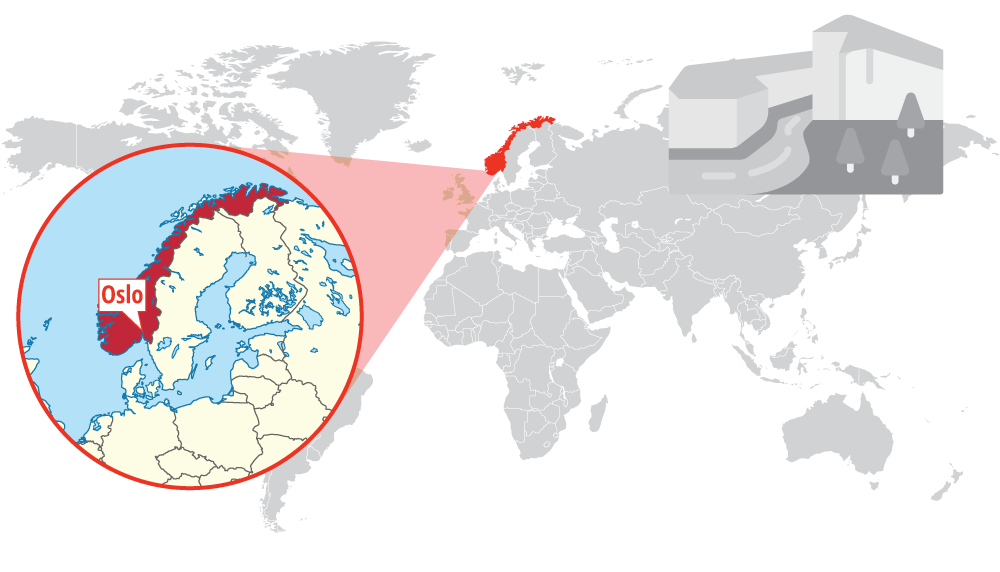 The Norwegian Geotechnical Institute (NGI) is an international centre for research and consultancy in engineering related geosciences headquartered in Oslo. They have worldwide partnerships identifying solutions and assisting authorities and industry in cleaning up contaminated soil, rock, sediment and groundwater. For one of these solutions, it was assisted by Libelium devices with successful results.
The Norwegian Geotechnical Institute (NGI) is an international centre for research and consultancy in engineering related geosciences headquartered in Oslo. They have worldwide partnerships identifying solutions and assisting authorities and industry in cleaning up contaminated soil, rock, sediment and groundwater. For one of these solutions, it was assisted by Libelium devices with successful results.
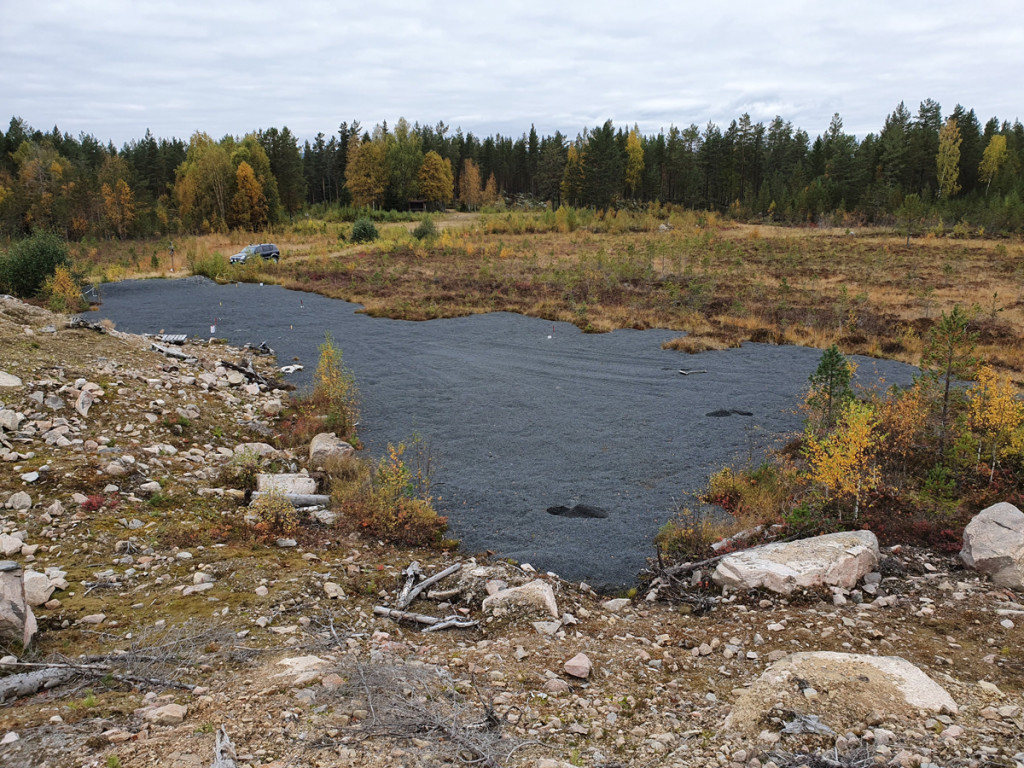
NGI contaminated shooting range with 300 tons of gravel
NGI devised an original system to reduce the contamination in the runoff of a shooting range. They covered a severely contaminated shooting range (642 m2) with 300 tons of gravel (25 cm) to give a shortcut to the groundwater of the contaminated area, thus reducing the transport of inorganic contaminants. The project is linked to the OSPAR commission: Protecting the marine environment from land-based pollution and urban run-off (https://www.ospar.org/about)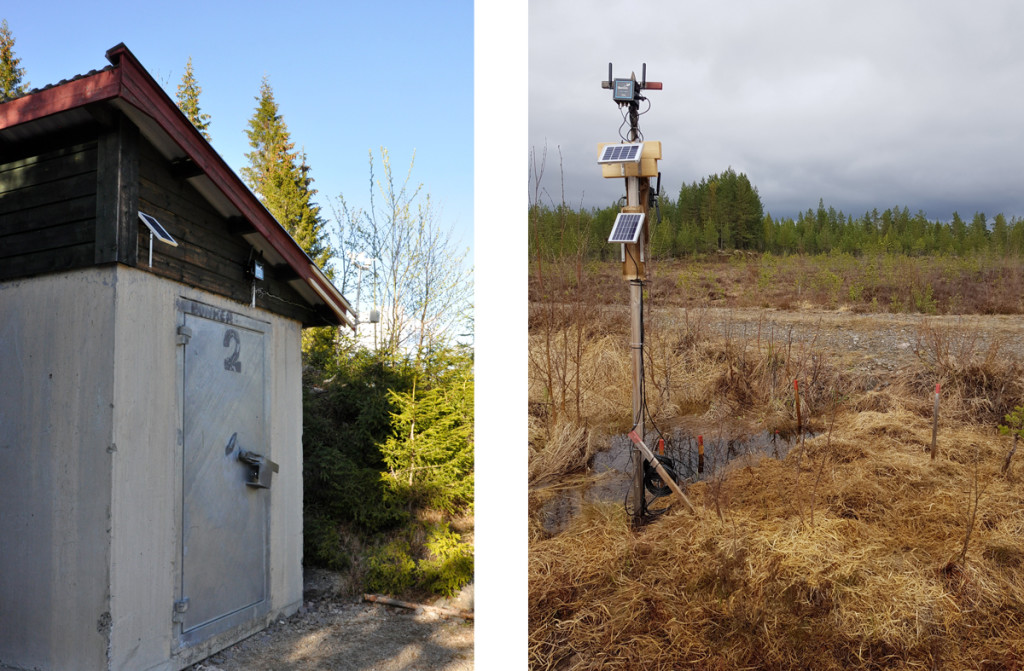
Smart Water, Smart Water Xtreme and Smart Agriculture devices installed
Shooting range soils often contain high levels of lead (Pb) and antimony (Sb) that arise from the weathering of spent bullets. The highest Pb and Sb concentrations are usually found near bullet traps, however, due to weathering of spent bullets and metal mobility, the pollution can persist for hundreds of years. Both types of pollutants result in a large problem with respect to the contamination of water and soils. This source of pollution is highly diffuse and hard to locate because it originates in large areas. They needed to monitor the impact on the hydrology and water chemistry to see if the solution was effective. They used Libelium IoT devices because it was crucial to have high quality sensors to know the water chemistry.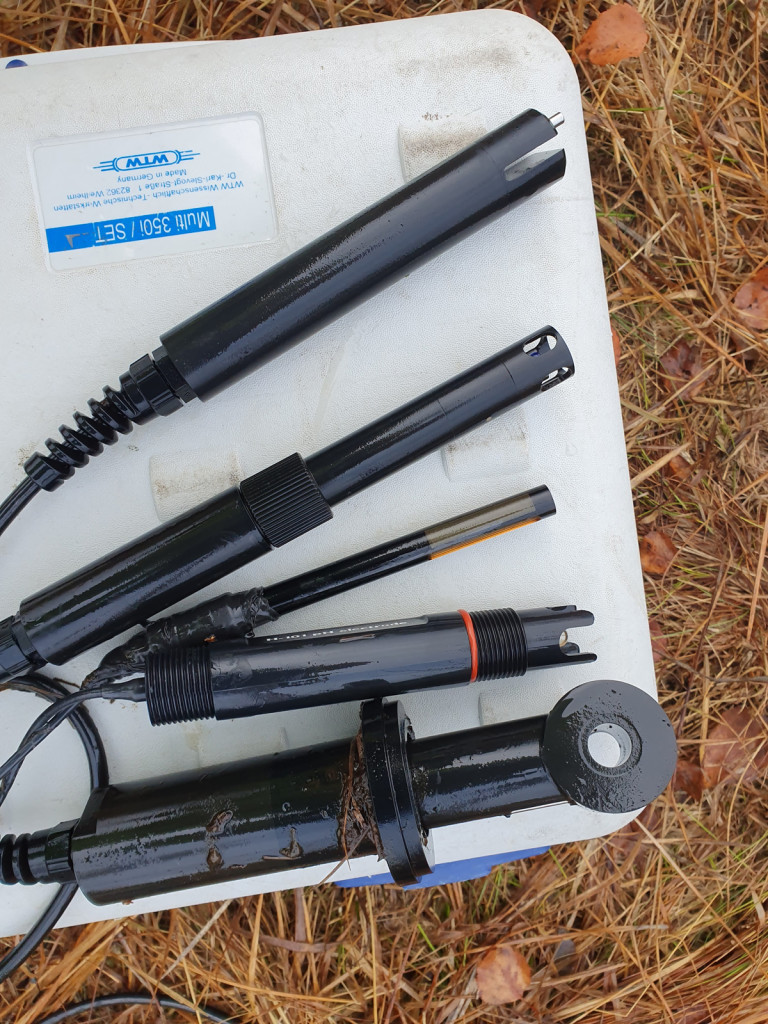 Smart Water and Smart Water sensors
The major motivation of the project is documenting temporal variation in the run-off hard to capture with regular grab samples. Monitoring run-off from this site with the use of loggers captures the high temporal variations on the ground (up to 36% change within 24 hrs in lead concentration); otherwise, it would not be possible to observe with regular grab samples.
In this way, they could measure any type of variation in the chemistry and physics of water, and then compare it with other variables that would give it contexts, such as local climate data describing seasonal (snow) and episodic (drought, rain) variations. In addition, NGI highlights the little effort needed to get started, combined with the ability to integrate the solutions into their systems over the long term.
Smart Water and Smart Water sensors
The major motivation of the project is documenting temporal variation in the run-off hard to capture with regular grab samples. Monitoring run-off from this site with the use of loggers captures the high temporal variations on the ground (up to 36% change within 24 hrs in lead concentration); otherwise, it would not be possible to observe with regular grab samples.
In this way, they could measure any type of variation in the chemistry and physics of water, and then compare it with other variables that would give it contexts, such as local climate data describing seasonal (snow) and episodic (drought, rain) variations. In addition, NGI highlights the little effort needed to get started, combined with the ability to integrate the solutions into their systems over the long term.
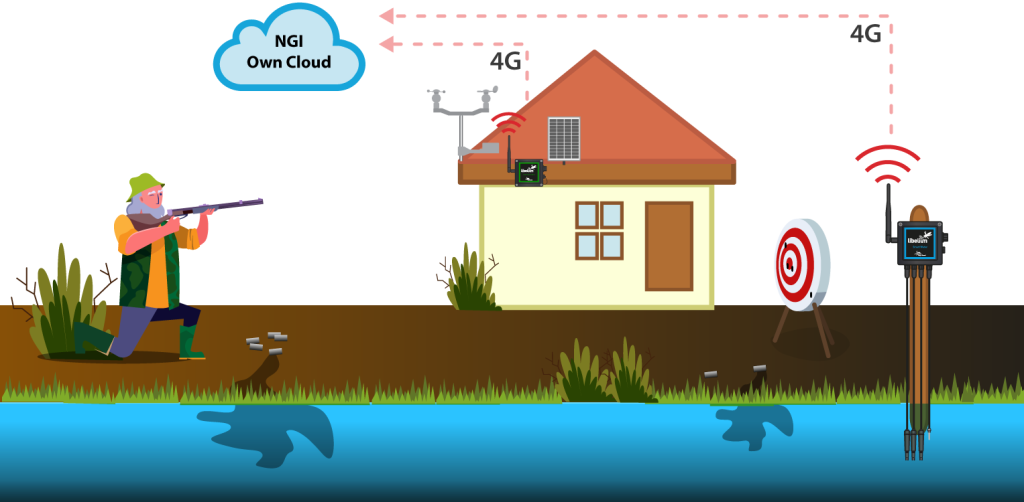
Diagram of the project
They wanted to see if it was possible to maintain the accuracy of water chemistry parameters over time, i.e., that drift was low enough. They combined this monitoring with the development of passive samplers that capture variations in water chemistry parameters such as lead concentration. The sensors communicate via 4G with NGI’s own cloud, where they designed a dashboard with the “R” programming language. “The Libelium recorders allow us to acquire high-resolution time series of accurate and precise sensors as valuable decision support for our remediation measures”, says Andreas Botnen Smebye, Environmental Geologist at Norwegian Geotechnical Institute (NGI). Thanks to the measurements made by the Libelium water sensor platform they observed that the total lead concentrations were ~40% lower after the actions carried out at the range.This case study helps to achieve the following Sustainable Development Goals:
Want to receive this and more IoT news directly to your email?
🔔 Subscribe to our newsletter and don’t miss anything! You will learn about IoT and how it helps to make the world a more sustainable and efficient place.
sign me in!Stay up to date in IoT!
Sign up to our newsletter and receive the latest, exciting news.
More than 18 years of experience in IoT support us.


















© Libelium Comunicaciones Distribuidas S.L. | Terms And Conditions | Privacy Policy | Cookies Policy | Security Policy | Reporting Channel